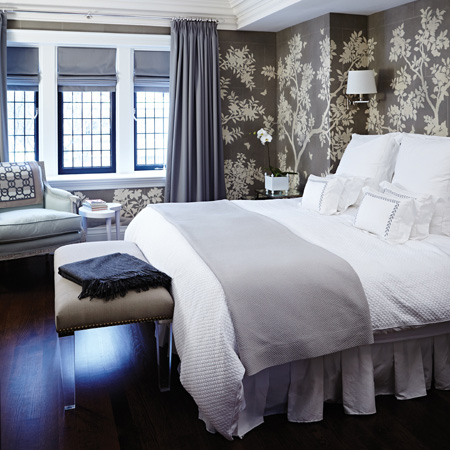How To Develop Healthy Sleep Habits For Your Child
Q: What is safe sleep? Can I sleep train my baby now? Will my toddler ever sleep in their own bed?
.
A: Sleep questions are very common and vary widely based on your child’s age, but there are some general rules for bedtime that are helpful no matter what developmental stage your child is in.
.
1. Safe sleep: In infancy, prior to your child being able to roll and change positions without assistance, safe sleep includes placing them on their back on a flat, firm surface such as a crib or bassinet which contains no pillows, blankets or stuffed animals. The aim of safe sleep at this age is to reduce the risk of sudden infant death syndrome. Once your child can roll regularly, they should no longer be swaddled. As they develop the ability to pull up to standing, the crib mattress should be lowered to prevent them from falling out of the crib. A small blanket may be introduced after 1 year of age. In older children, if you have bunk beds, they should be placed in the corner of the room protecting two sides from the risk of falling. A guardrail should be attached to any area where your child could roll-off. Children younger than 6 years of age should not sleep on the top bunk of traditional bunk beds.
.
.
2. Consistency is key: Prior to 6 months of age, sleep training is not recommended. After 6 months, establishing a routine that includes activities such as reading books, taking baths, brushing teeth and putting on pyjamas will help signal to your child that bedtime is approaching. Keep this time quiet and relaxed. While it’s OK to play with your child prior to bed, active play and running around may make it more difficult to wind down. A specific bedtime should be set and followed whenever possible.
.
3. Maintain their sleep space: Do not fall asleep in bed with your child and do not allow them to sleep in your bed. This will become a behavioural pattern that is difficult to break. It’s OK to comfort your child if they have a nighttime awakening or nightmare; however, you do not need to go into their room every time they call out or make noise. Instead, wait. Allow them time to self-soothe and fall back to sleep on their own. If your toddler likes to sneak into your bed in the middle of the night, a toddler sleep clock, which visually indicates when it is OK to leave their bed (red/green, sun/moon) may be helpful.
.
These general principles are a good start to developing a good sleeper. If you are struggling with specific sleep questions regarding your child, please contact your paediatrician. You can visit healthychildren.org for age-appropriate sleep advice and more information on SIDS prevention.
.
Dr Ashley Falco is a senior staff physician for Henry Ford Health System and lead paediatrician at Pierson Pediatrics. She is committed to providing comprehensive medical care to patients and families from birth through young adulthood, with emphasis on prevention, nutrition and developmental counselling. In her free time, Falco is busy running after her own children, ages 3 and 5.
.
.
.
Article from https://bedssleepscience.tumblr.com/post/651042700665208832/how-to-develop-healthy-sleep-habits-for-your-child

